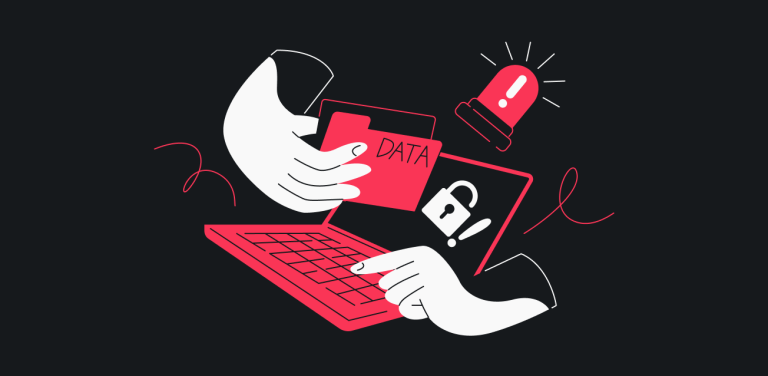The Breach Details: The Sony PlayStation Network Data Breach of 2011 stands as one of the most notable and impactful cyber attacks in recent history. This article delves into the comprehensive details of the breach, examines its profound consequences, and highlights the valuable lessons learned that shaped the landscape of cybersecurity and consumer trust.
In April 2011, hackers successfully breached Sony’s PlayStation Network (PSN), an online gaming platform that connected millions of PlayStation console users worldwide. The breach resulted in the unauthorized access to personal information, including names, addresses, email addresses, birth dates, and even credit card details of approximately 77 million users. Sony reacted swiftly by shutting down the PSN and informing users of the breach, initiating a forensic investigation to understand the extent of the intrusion.
Consequences and Fallout: The Sony PlayStation Network Data Breach had far-reaching consequences for both the affected users and Sony as a company. For users, the breach raised concerns about the security of their personal information, including the potential for identity theft, financial fraud, and phishing attacks. The incident exposed the importance of safeguarding sensitive data entrusted by users to online platforms.
Sony faced significant repercussions following the breach. The incident led to a loss of consumer trust and confidence in the company’s ability to protect user data. Sony came under scrutiny for its security practices and its initial response to the breach, which some criticized as delayed and lacking transparency. The incident also resulted in financial losses for the company, including the costs associated with the investigation, remediation, legal settlements, and damage to its brand reputation.
Lessons Learned: The Sony PlayStation Network Data Breach highlighted several critical lessons for both individuals and organizations:
- Robust Security Measures: The breach emphasized the need for organizations to implement robust security measures to protect user data. This includes employing secure coding practices, regularly updating and patching software systems, and conducting thorough vulnerability assessments.
- Encryption and Data Protection: Adequate encryption of sensitive data, such as user passwords and credit card information, is essential to prevent unauthorized access. Organizations should ensure that sensitive data is encrypted both in transit and at rest.
- Incident Response Preparedness: Having a well-defined incident response plan is crucial to effectively handle security breaches. Timely identification, containment, investigation, and communication with affected users are vital to mitigate the impact of a breach.
- Transparent Communication: Open and transparent communication with users during and after a breach is essential to maintain trust. Promptly informing users about the breach, its implications, and the steps being taken to address the issue helps to minimize the fallout and demonstrate a commitment to user protection.
- User Education and Awareness: Educating users about best security practices, such as using strong and unique passwords, enabling two-factor authentication, and being cautious of phishing attempts, can significantly reduce the risk of successful attacks.
- Third-Party Security: Organizations must also ensure that third-party vendors and partners adhere to rigorous security standards to prevent breaches that could compromise user data indirectly.
Impact: The Sony PlayStation Network Data Breach of 2011 remains a watershed moment in the history of data security. It served as a stark reminder of the critical importance of safeguarding user data, implementing robust security measures, and maintaining open communication during security incidents. By heeding the lessons learned from this breach, individuals and organizations can better protect sensitive data, enhance their security practices, and contribute to a more secure digital ecosystem.
Disclaimer : The information provided herein is on “as is” basis, without warranty of any kind.





